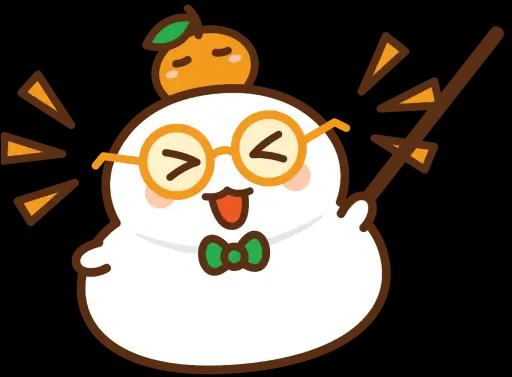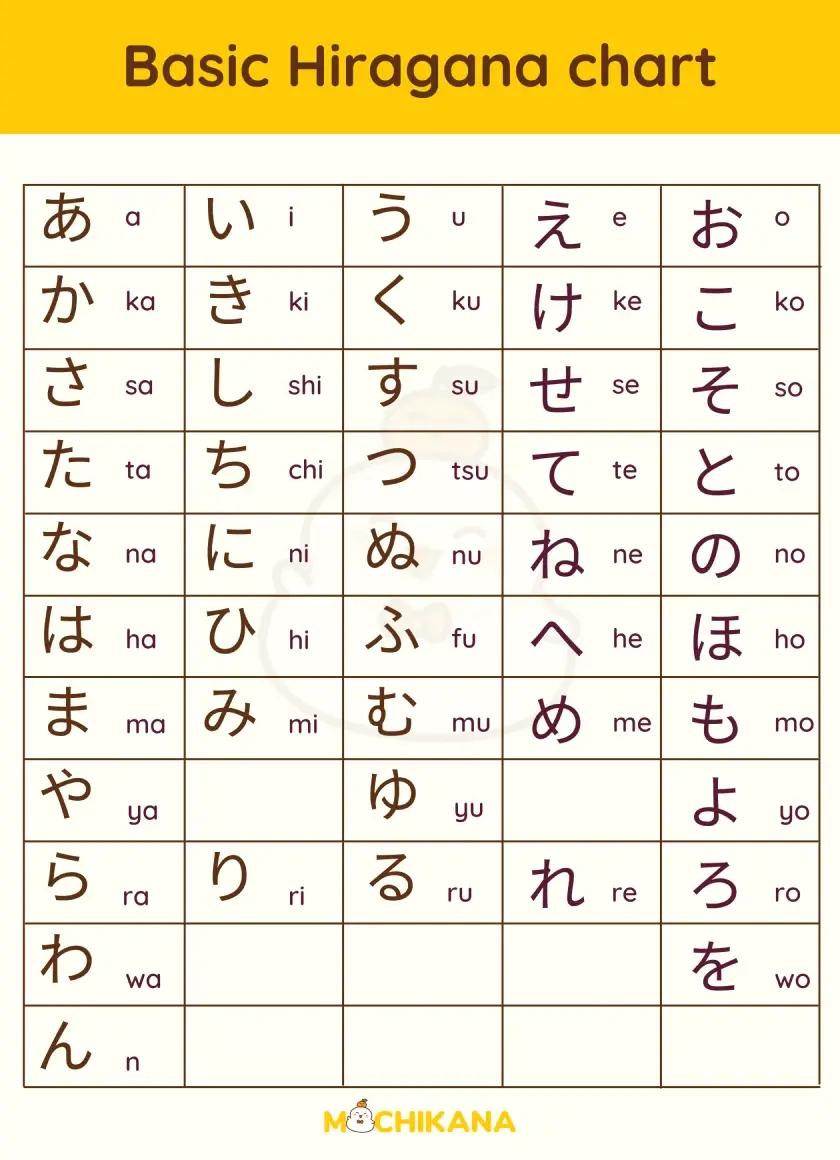เรียนรู้
เขียน
ทบทวน
Conversation
Event
Part 1
あ (A) and か (Ka) Rows

เรียนตัวอักษรฮิรางานะ
Introduction to the Japanese Alphabet
The Japanese don’t have a traditional alphabet like English. Instead, it has four scripts, with three commonly used: Hiragana, Katakana, and Kanji. The fourth, Romaji, is mostly for Japanese books aimed at foreigners or typing on keyboards.
Hiragana is the main script for native Japanese words and grammar. It's simple, rounded characters are beginner-friendly. Katakana is used for foreign words, with angular characters that you’ll often see in menus and ads. Kanji has characters borrowed from Chinese, each representing an idea or concept. It’s the most complex, with thousands of characters.
Together, these scripts form the core of Japanese writing. Each plays a unique, yet complementary role in expressing the language.
Hiragana: The Most Common Japanese Script
Hiragana is the primary and most common script in Japanese. It consists of 46 basic characters, each representing a single sound. These characters are simpler than Kanji, making them easier to learn. Hiragana is essential for beginners because it allows for basic communication and helps learners understand Japanese sentence structure. Each Hiragana character represents one syllable, covering all Japanese sounds. Children and beginners start with Hiragana to build a strong foundation.
How Hiragana is Used
Hiragana is used for native Japanese words, grammar particles, and verb endings. You'll often see it in books, signs, and children's materials, as well as in words without Kanji. It’s also used in combination with Kanji to complete sentences, making it a vital script for reading and writing in Japanese.
อักษรพื้นฐานของฮิรางานะ
ในการเรียนรู้อักษรญี่ปุ่นฮิรางานะ เริ่มต้นด้วยการเรียนรู้ตัวอักษรฮิรางานะพื้นฐาน 46 ตัว เริ่มจากแถวแรก あ (a)、い (i)、う (u)、え (e)、お (o) และต่อด้วยแถวที่สอง か (ka), き (ki), く (ku), け (ke), こ (ko) จนกระทั่งเรียนรู้ตัวอักษรทั้งหมด

อักษรขั้นสูงของฮิรางานะ
สิ่งต่อไปที่คุณจะได้เรียนรู้คืออักษรขั้นสูง ซึ่งจะแนะนำกฎและแนวคิดอื่นๆ ของอักษรญี่ปุ่นให้คุณ มันเหมือนกับสนามเด็กเล่นขนาดใหญ่ที่คุณสามารถเริ่มสร้างเสียงที่ซับซ้อนขึ้นโดยใช้เสียงที่มีอยู่แล้ว คุณสามารถดูภาพรวมเพื่อเข้าใจว่ามีอะไรบ้าง:
- ตัวอักษรพิเศษ: ใช้ตัวอักษรพื้นฐานที่มีขีดหรือจุดข้างๆ เช่น ひ (hi) -> ぴ (pi), หรือ は (ha) -> ば (ba) เพื่อสร้างคำที่ยากต่อการสร้างด้วยตัวอักษรพื้นฐาน
- ตัวอักษรพิเศษ: 'っ' (ตัวสะกดเล็ก), สระยาว ああ (a~), いえ (i~), หรือ おう (o~) ซึ่งเพิ่มสีสันและความลึกให้กับโลกของการออกเสียง
- 'ตัวอักษรผสม': สำรวจการผสมผสานเช่น 'にゃ' (nya), และ 'きゃ' (kya) ซึ่งเพิ่มเสียงและมิติเข้าสู่ภาษา

How to Learn Hiragana: Writing, Reading, and Pronunciation
Learning Hiragana involves three essential steps:
- Start with simple test: begin with the あ (a), い (i), う (u), え (e), お (o) row to build your confidence, then move through each line systematically.
- Practice writing each character by following the correct stroke order. This helps you remember the shapes and form characters correctly.
- Practice reading by speaking words aloud to get familiar with the sounds. Hiragana pronunciation is straightforward. Each character has a fixed sound, making it easier to learn.
Mastering Hiragana is your first step in learning Japanese. With practice, you’ll be able to read, write, and speak basic Japanese quickly.
Start learningYou’re learning

See all courses





























































